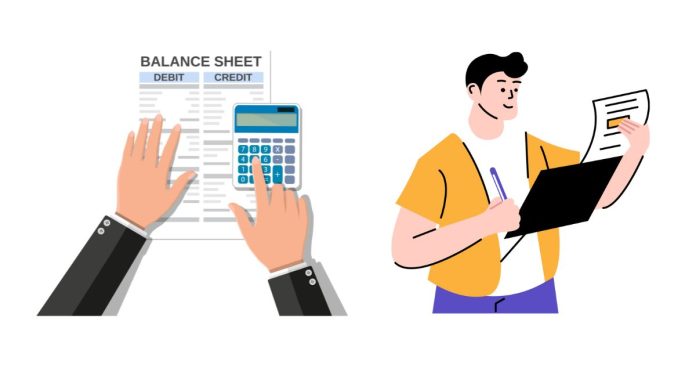A balance sheet is a financial statement that provides a snapshot of an entity’s financial position at a specific time. It shows an organization or individual’s assets, liabilities, and equity. Here’s a step-by-step guide for Sasha to generate a balance sheet:
Step 1: Understand the Balance Sheet Components
- Assets
- Current Assets: Cash, accounts receivable, inventory, and other short-term assets.
- Non-Current Assets: Property, equipment, and long-term investments.
- Liabilities
- Current Liabilities: Accounts payable, short-term loans, and accrued expenses.
- Non-Current Liabilities: Long-term loans, bonds payable.
- Equity
- Represents the residual interest in assets after deducting liabilities, often including retained earnings and contributed capital.
Step 2: Gather Financial Data
- List Assets
- Determine the value of all assets Sasha owns. For instance, how much cash is on hand or what is the value of the property owned?
- List Liabilities
- Identify obligations such as outstanding loans, bills, or debts.
- Calculate Equity
- Use the formula: Equity=Assets−Liabilities\text{Equity} = \text{Assets} – \text{Liabilities}
Step 3: Use a Balance Sheet Template
Here’s a simplified format for Sasha’s balance sheet:
Balance Sheet for [Entity Name]
As of [Date]
| Assets | Liabilities & Equity | ||
|---|---|---|---|
| Current Assets | Amount | Current Liabilities | Amount |
| Cash | $XXXX | Accounts Payable | $XXXX |
| Accounts Receivable | $XXXX | Short-Term Debt | $XXXX |
| Inventory | $XXXX | Total Current Liabilities | $XXXX |
| Total Current Assets | $XXXX | Non-Current Liabilities | Amount |
| Non-Current Assets | Long-Term Debt | $XXXX | |
| Property, Plant, Equipment | $XXXX | Total Non-Current Liabilities | $XXXX |
| Long-Term Investments | $XXXX | ||
| Total Assets | $XXXX | Total Liabilities | $XXXX |
| Equity | Amount | ||
| Owner’s Equity | $XXXX | ||
| Retained Earnings | $XXXX | ||
| Total Liabilities & Equity | $XXXX |
Step 4: Create the Balance Sheet
Sasha can use tools like Excel, Google Sheets, or accounting software (e.g., QuickBooks) to input data into the balance sheet format. Alternatively, she can draft it manually if the accounts are straightforward.


